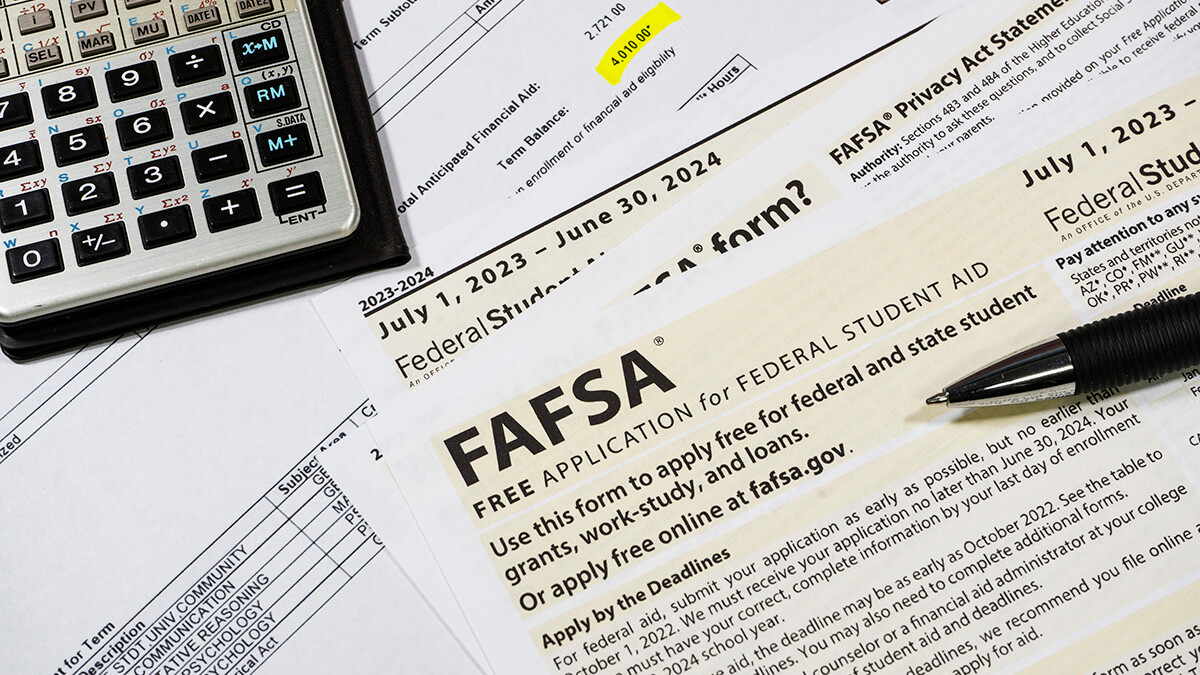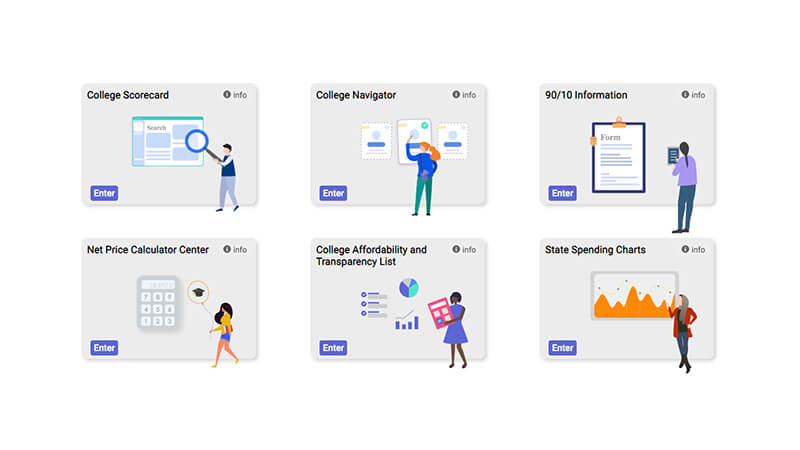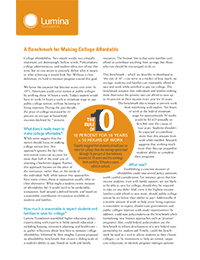College Affordability
Across the political spectrum, there is widespread concern that the rising price of college requires immediate action. Students and families have shouldered an increasing burden by paying higher tuition and fees and, in many cases, taking on more debt when tuition and living expenses are too high, and family savings are inadequate.
That is why Lumina worked with affordability experts from healthcare and housing to develop a “Rule of 10” that estimates what students should be expected to contribute. We use this model to help policymakers consider options for reducing financial barriers to education after high school.
Although students, parents, and policymakers know that we face major challenges in addressing college affordability, we found no common definition of what’s “affordable.” Defining affordability in terms of how much students should be expected to contribute toward their education is just a first step. Only then can higher education leaders and state and federal policymakers determine the extent of the problem and assess which policy proposals can make college truly affordable for today’s students.
The rising expense of college is among the reasons enrollment has declined over time.











